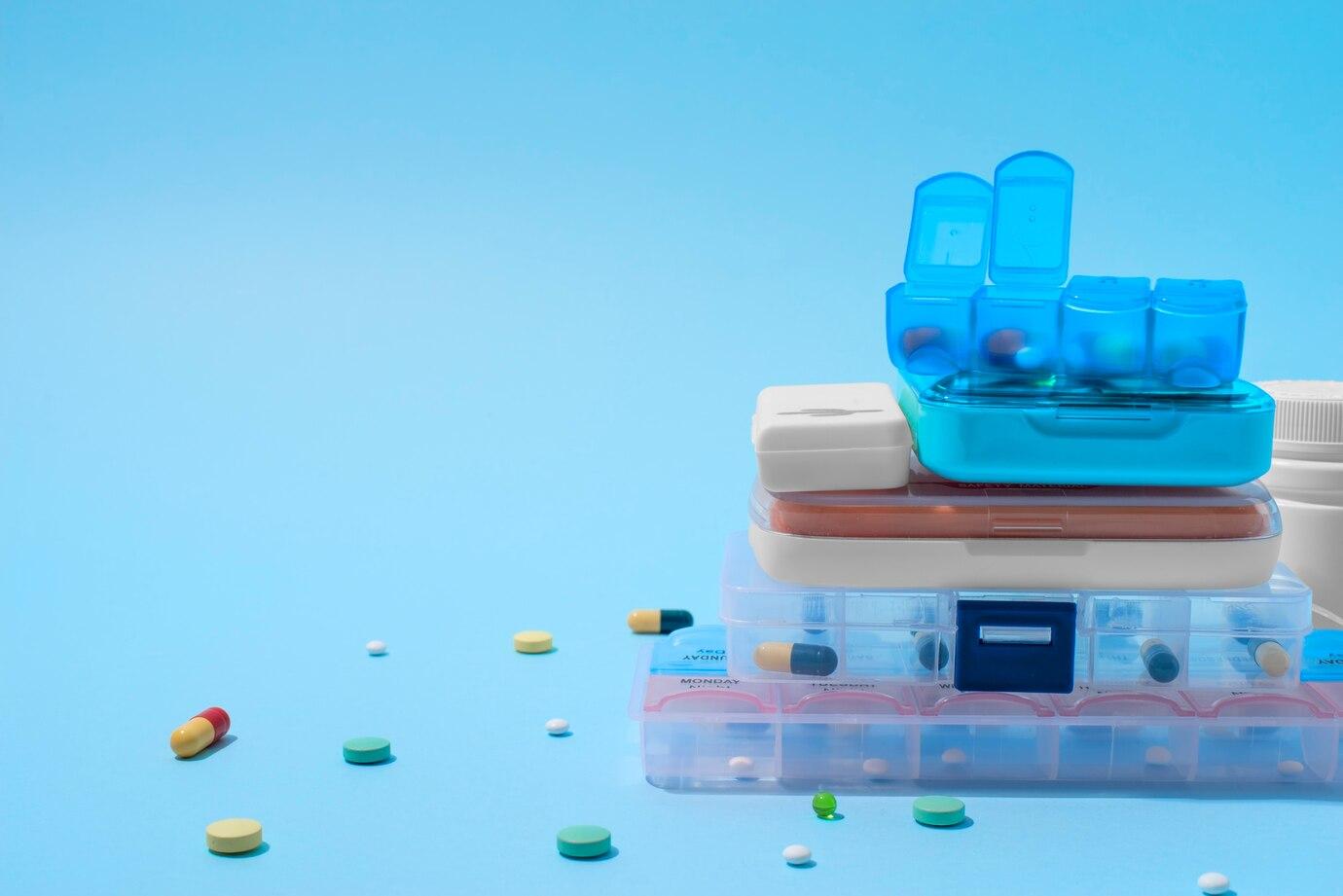Notifications

7 minutes, 48 seconds
-14 Views 0 Comments 0 Likes 0 Reviews

Drug delivery is changing fast. What used to be a simple pill or injection is now part of a larger, more complex system. New materials, digital tools, and improved manufacturing methods are reshaping how medicines are made and how they reach your body. The focus is on better outcomes, fewer side effects, and lower costs.
Here’s a clear look at the trends and technologies shaping drug delivery in 2025 and what they mean for the drug development process, contract manufacturing drugs, drug pricing, and regulations from the Food and Drug Administration.
Traditional drug delivery doesn’t always work well. Pills dissolve at the wrong time. Injections hurt and require trained staff. Some drugs don’t get absorbed at all. That's why companies are working on smarter systems.
Targeted delivery: Delivers drugs directly to the part of the body that needs treatment.
Controlled release: Releases the drug slowly over time instead of all at once.
Nanotechnology: Uses tiny particles to carry drugs more efficiently.
Microneedle patches: Painless patches that deliver drugs through the skin.
Inhalable biologics: Delivers complex molecules like insulin or vaccines through the lungs.
These technologies reduce waste and improve how the body uses medicine. That means fewer doses, better outcomes, and possibly lower long-term costs.
Biologics are drugs made from living cells. They’re powerful, but they’re usually injected because the stomach destroys them. That’s starting to change.
New coatings and protective technologies allow biologics to survive the digestive process. Some startups are even using robotic pills that deliver the drug directly into the intestine before dissolving. If these succeed, they could replace many painful injections, especially for long-term conditions like diabetes or autoimmune diseases.
AI is everywhere, and drug delivery is no exception. It helps design better drug molecules, predict how they’ll move in the body, and identify the best delivery method.
Faster formulation testing
Simulation of drug absorption and metabolism
Prediction of side effects
Optimization of dosage levels
These tools make the drug development process faster and cheaper. Fewer human trials are needed, and bad drug candidates get eliminated earlier.
3D printing isn’t just for prototypes. In drug delivery, it’s used to print pills with exact shapes, layers, and dosages. That means you can make pills that release drugs in specific ways over time or combine multiple medications into one tablet.
Hospitals could even print personalized drugs for patients based on their genetics or health data. This kind of precision reduces errors and can improve compliance.
As drug delivery technologies become more advanced, many drug companies rely on third parties for production. That’s where contract manufacturing drugs comes in.
Contract manufacturers now need to offer:
Advanced equipment for nanoparticles and biologics
Strict control over environmental conditions
Rapid scaling from lab to commercial batch sizes
Compliance with new Food and Drug Administration rules
Manufacturers that can’t keep up with these demands risk losing business. Those that can support high-tech drug delivery systems will grow fast.
The Food and Drug Administration (FDA) has always had a strong role in approving drugs. Now, with new delivery systems, the agency is adapting its process. There’s a bigger focus on:
Device-drug combinations (e.g., microneedle patches or smart inhalers)
Digital health tools (e.g., apps that track medication delivery)
Biocompatibility (e.g., ensuring new materials are safe inside the body)
The FDA is creating faster review pathways for innovative delivery systems, especially those that address serious diseases or improve access. But that also means companies need to work more closely with regulators during development.
Improved delivery often means higher manufacturing and design costs upfront. But if the drug works better and reduces hospital visits or side effects, it may save money over time.
Still, drug pricing remains a sensitive issue. Payers want proof that expensive delivery technologies actually improve results. Patients are more informed and ask hard questions about cost. Governments in many countries are demanding price transparency.
Companies that can show better long-term value will do better in this environment.
Waste from drug packaging, especially plastics and single-use delivery devices, is under scrutiny. New materials like biodegradable polymers and reusable auto-injectors are being explored.
Contract manufacturers and pharma companies are also under pressure to cut emissions and reduce water and energy use. These environmental factors may soon influence which delivery technologies get approved or reimbursed.
The drug delivery space is more dynamic now than it’s ever been. As we move into 2025 and beyond, companies that succeed will be those that:
Use AI and data tools to make smarter drugs faster
Work with contract manufacturing partners who can handle complex products
Develop clear regulatory strategies with the FDA early in the process
Justify drug pricing with real patient outcomes
Build delivery systems that are efficient, targeted, and safe
Drug delivery is no longer just about getting a pill into your body. It’s about how that pill is designed, how it’s made, and how well it works over time. If you're in the drug development process, it's time to think beyond the molecule.
contract manufacturing drugs drug development process food and drug administration drug pricing

